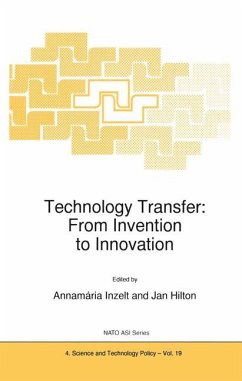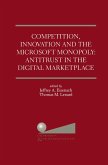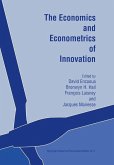Technology transfer has expanded rapidly over the past 20 years in Western Europe, North America and the Pacific Rim. It has been estimated that some 50% of new products and processes will originate outside the primary developer; academic and other research institutions are obvious sources of much of this new technology.
In the NATO Co-operating countries, however, technology transfer is in its infancy; it is crucial for wealth creation and improvement in the quality of life that this mechanism is developed. The papers selected for inclusion in this book discuss issues related to the development of technology transfer in NATO Co-operating countries. The book identifies crucial research issues for science and technology policy researchers and, as a conclusion, offers some policy recommendations. The authors are drawn from NATO and Co-operating partner countries, from other parts of the world, and from international organisations. The focus of the book is on the institutional framework of knowledge and technology transfer; intellectual property rights as sources of information and tools for co-operation; international, national and regional aspects of knowledge and technology dissemination and diffusion; and networking.
Audience: Academic institutions, research institutes, intellectual property practitioners, science and technology policy makers, technology transfer managers, high-tech industries.
In the NATO Co-operating countries, however, technology transfer is in its infancy; it is crucial for wealth creation and improvement in the quality of life that this mechanism is developed. The papers selected for inclusion in this book discuss issues related to the development of technology transfer in NATO Co-operating countries. The book identifies crucial research issues for science and technology policy researchers and, as a conclusion, offers some policy recommendations. The authors are drawn from NATO and Co-operating partner countries, from other parts of the world, and from international organisations. The focus of the book is on the institutional framework of knowledge and technology transfer; intellectual property rights as sources of information and tools for co-operation; international, national and regional aspects of knowledge and technology dissemination and diffusion; and networking.
Audience: Academic institutions, research institutes, intellectual property practitioners, science and technology policy makers, technology transfer managers, high-tech industries.








